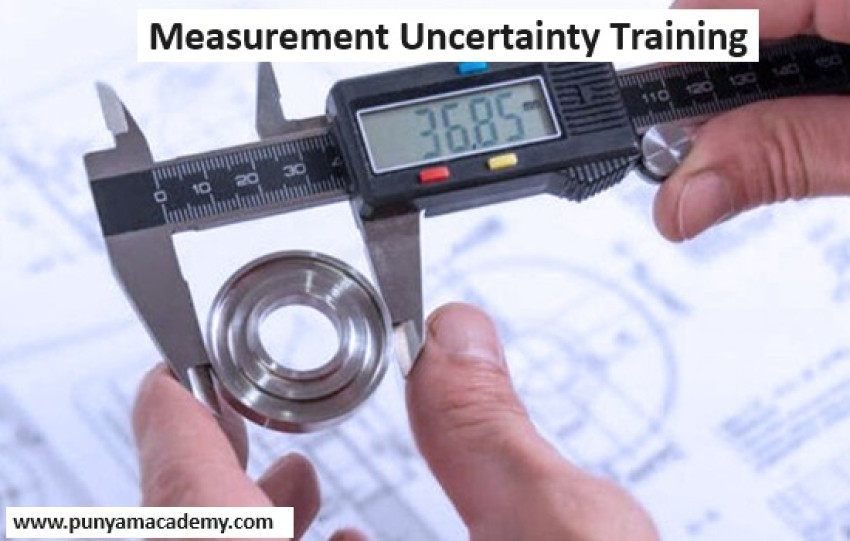
How far the measured quantity is from the true value is called measurement uncertainty. When someone calculates the quantity, they accept that is a true value or exact measurement. The uncertainty measurement value is typically used by those who report the results to define a range of values that the true value may fall inside. Error analysis is the process of examining uncertainty to determine the most accurate estimate of the true value.
The greatest number is rounded by estimators when assessing uncertainty regarding experimental uncertainties. For instance, if there are more than two spaces following the decimal point, round the number by the final space. If the final space is a zero, then when estimating values, eliminate the third space.
How to Calculate the Measurement Uncertainty?
If you wish to calculate the measurement uncertainty you should follow these steps.
- Identify the Measurements Process: Indicate the many steps in your measurement procedure before computing the uncertainty for your values. There exist various methods for computing uncertainty, some of which perform better at different levels than others. Please choose the measurement value you wish to analyse to establish your measurement technique. Anything might be this: a steel bar going through a procedure on the factory floor, or a stack of books. Choose the tools and measurement parameters you wish to use for the formula after you've decided on your measuring subject. Although there are measurement techniques that are more useful than others, the basic measurement that is outlined in the following stages applies to every unit, figure, or number that you wish to measure.
- Detect the Sources of Measurement Uncertainty: After you've decided on the measuring standards and items you want to utilise for the assessment, think about figuring out what influences’ measurement uncertainty. Before you start, you can use test measurements and study to find out what aspects might have an impact on your process. For laboratory workers who test and calibrate devices, equipment, etc., the measurement uncertainty training online can be more helpful. Many questionable measurements can be caused by various factors, including changes in the environment, hardware failure, lack of maintenance, or human mistakes.
- Measurement on a Single Value: To calculate the uncertainty you should check your value only once. In the following phases, you can use this to establish more measurements by using it as a baseline. To make sure it's not broken, it could be useful to perform test measures before taking this one measurement. Use your measurement tool to get the most exact measurement you can to measure these uncertainty calculations.
- Remove the Uncertainty Source: Additional indications of uncertainty may become apparent after you've measured your first official uncertainty calculation. A measurement equipment in this scenario would be an uncertainty source, for instance, if you measure your steel beam using a computer sensor after a few test measurements and your computations show no similarities. Achieving maximum accuracy in your process can be facilitated by removing as many potential sources of uncertainty as you can during the process.
- Repeat the Measurements: Start calculating the same thing again after you've ruled out more potential causes of error. These repeated computations may not have much variation in uncertainty for dimensions like length, width, or height. Uncertainty may have a more diverse average for things like average speed, growth, or volatility. You can examine your uncertainty average in more detail and establish its upper and lower bounds by repeating these measurements. Measurement procedures may need to be repeated until your averages start to show a pattern, depending on the chemical being measured.
- Calculate the Average Measurements: Calculate the average of all the calculations you performed during the procedure once you have established your maximum and minimum degrees of certainty to a predictable point. Finding the average measurement level not only shows you the most predictable result of any specific measurement but can also provide you with a more dependable measurement rate. Depending on how many measures you computed in advance, an average measurement may be more consistently accurate than a single one.
- Detect the Measurement Uncertainty by Standard Deviation and Variance: If you find your measurement rate you need to find the variance of your quantity. You can do this by subtracting your average measurements by each measurement, and squaring the result and calculating the average of those numbers. Determine the standard deviation of your variance result by taking the square root of your result. The uncertainty level of your equation is the result. Indicate the uncertainty level in the uncertainty formula and the average of the measurements to display your final uncertainty statement.



